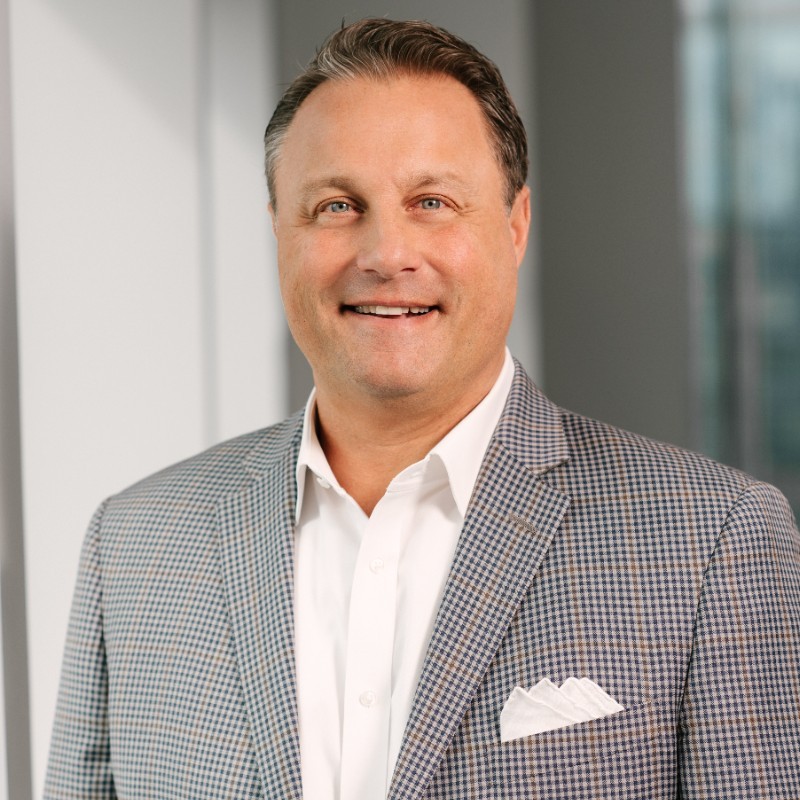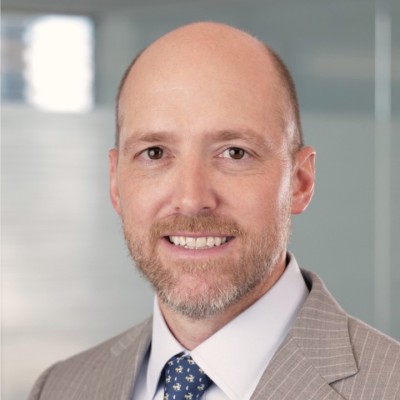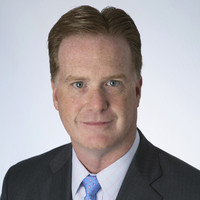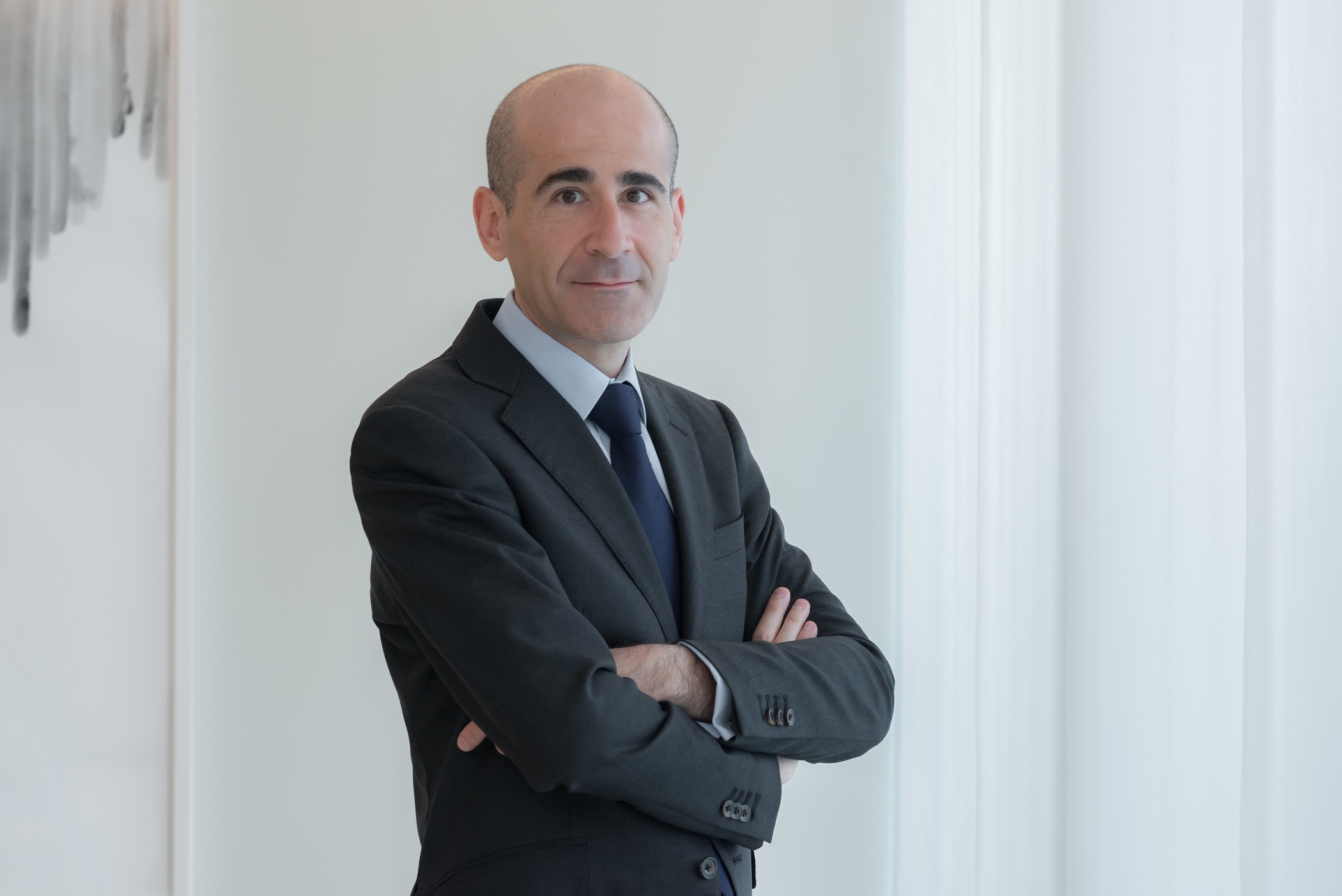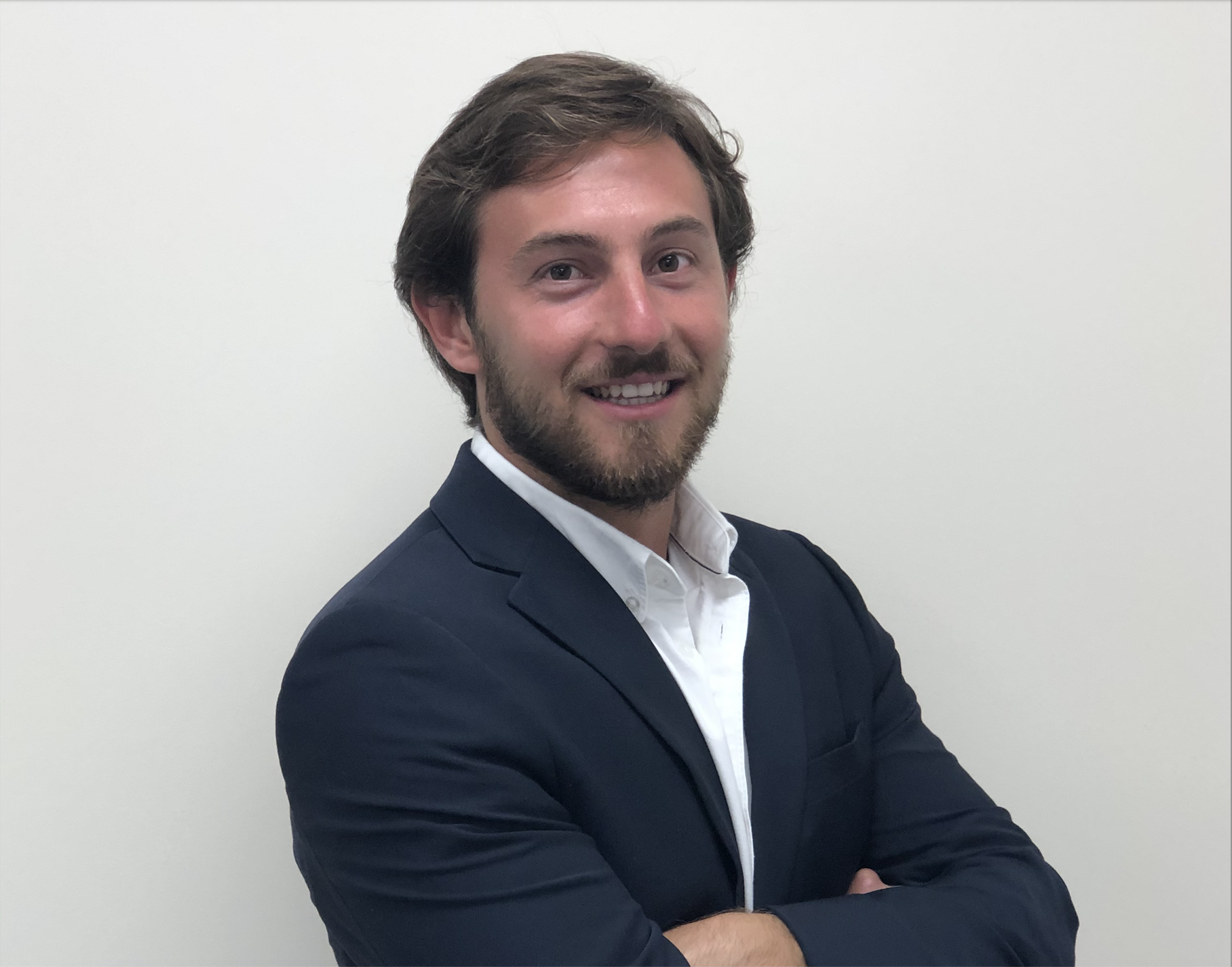Digital Darwinism Is at a Disruptive Tipping Point for Investors
| By Beatriz Zúñiga | 0 Comentarios

Internet connectivity and digital tools have transformed everything from retailing to how we watch movies, learn, order food, and experience healthcare, forcing countless companies across industries and sectors to evolve to new digital realities or risk extinction in an ongoing process that has come to be known as Digital Darwinism.
Now, this trend is at a tipping point that will make the disruption of the past two decades seem like table stakes, with myriad implications for investors
Today, software and hardware advances coupled with artificial intelligence (AI) have accelerated to such an extent that technology is creating unprecedented opportunities for innovation, impact and disruption across countries and economic sectors. This global phenomenon will sweep some businesses aside, allow others to gain dominant market share and impact the world’s geopolitical order. It’s also an opportunity for investors to profit from disruption and to contribute to positive real-world change.
This survival of the “digitally fittest” exposes weaknesses in firms lacking technological prowess while enabling others—sometimes small firms—to dominate. While Digital Darwinism to date has been most prominent in the consumer sector, now it is permeating everything in a moment of exponential growth, bringing society ever closer to what Ray Kurzweil calls Singularity, the moment where the power of man and machine converge.
The evolution is evidenced by the shortening life cycle of companies: The longevity of an S&P500-listed company was 30-35 years in the 1970s but is expected to shrink to 15-20 years during this decade, according to Huron Consulting.
Amid this paradigm shift, three trends to which investors should pay particular mind stand out:
Data and connectivity
Three decades ago, few people had Internet access, now 60% of people are online, accelerating disruption by generating 2.5 quintillion bytes of data daily. That data is being used to improve goods and services. The Internet of Things (IoT) highlights the pace of change, growing 9% in 2021 alone to 12.3 billion connections. More and more of the global economy is now digital: Within the MSCI All Country World Index, digital firms generated about $7.4 trillion of revenue in 2020 versus $2.2 trillion in 2001. That number is forecast to reach as much as $30 trillion by 2040, creating opportunities in everything from the metaverse to networking, connectivity infrastructure, semiconductors, cloud storage and cybersecurity.
Man-and-machine
This concept starts with the notion that the human body is hardware and DNA its software code. For example, the speed, innovation and collaboration that led to the rapid development of COVID-19 vaccines suggests scientists and technologists can meaningfully advance how we deal with all manner of diseases. Nanotechnology scientists are installing microelectrodes to help the blind see. Beyond health, the man-and-machine age holds vast potential too. As the metaverse blurs the lines between physical and digital experiences (spurred by Internet connectivity, virtual reality and the blockchain) shopping, entertainment, culture, and payments will be revolutionized. Imagine standing in your renovated kitchen before construction begins or test-driving a car at home. In education, students can be immersed in a culture or place. Imagine learning about the pyramids in Egypt by “visiting” one in the metaverse. Media, too, will change inexorably. Today in the US, consumers engage with 11 billion days of digital content annually and watch another 14 billion annual days of TV.
Climate tech
Addressing climate change is our biggest challenge today but it creates opportunities for investors to support positive change. In the year to June 2021, $87.5 billion was invested in firms combating the climate crisis, up from $24.8 billion the year before, according to PwC. As more capital is spent on the transition, significant investment will flow to technology innovators. US climate change envoy John Kerry forecasts that half of the cuts needed to achieve net-zero emissions will “come from technologies we don’t yet have.” Investors can support everything from AI-powered marketplaces for carbon offsets to improved power infrastructure.
All this could shake up the geopolitical world order as leading economies such as the US and China use technology to vie for dominance in the vital industries of the future, from making solar panels to semiconductors and robotics. As all this shakes out, there will be volatility as certain countries gain marginal power and advantages in particular sectors. On balance, however, I would expect to see the formation over time of stable global alliances that will facilitate disruption without onerous volatility.
These trends are challenging traditional equity investing approaches, as they too, after all, are not immune to Digital Darwinism. In this light, the evolutionary approach to buying stocks looks set to be thematic in nature, where investors can allocate capital via such themes as AI, the metaverse, clean-tech, healthy living, food security or water, instead of strictly based on industries, sectors or regions. This process could also help allocate capital more efficiently during the transition to a more sustainable world by allowing portfolios to invest for impact, both contributing to solutions while potentially benefitting from the volatility caused by the inevitable disruption.
A column by Virginie Maisonneuve, Global Chief Investment Officer Equity at Allianz Global Investors



